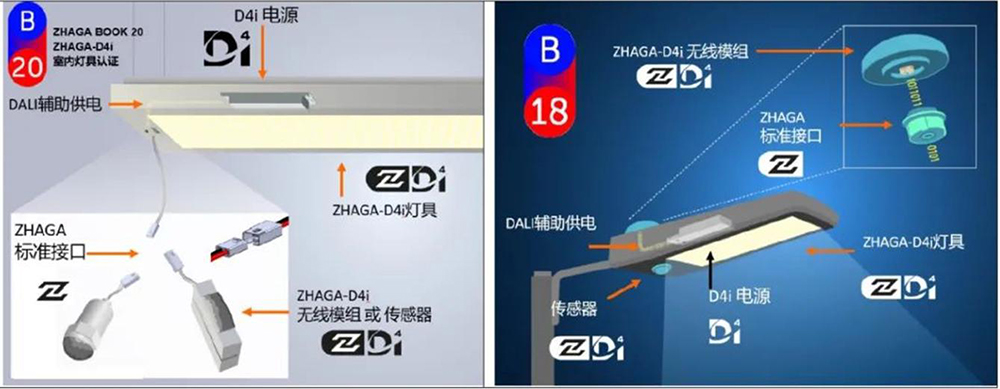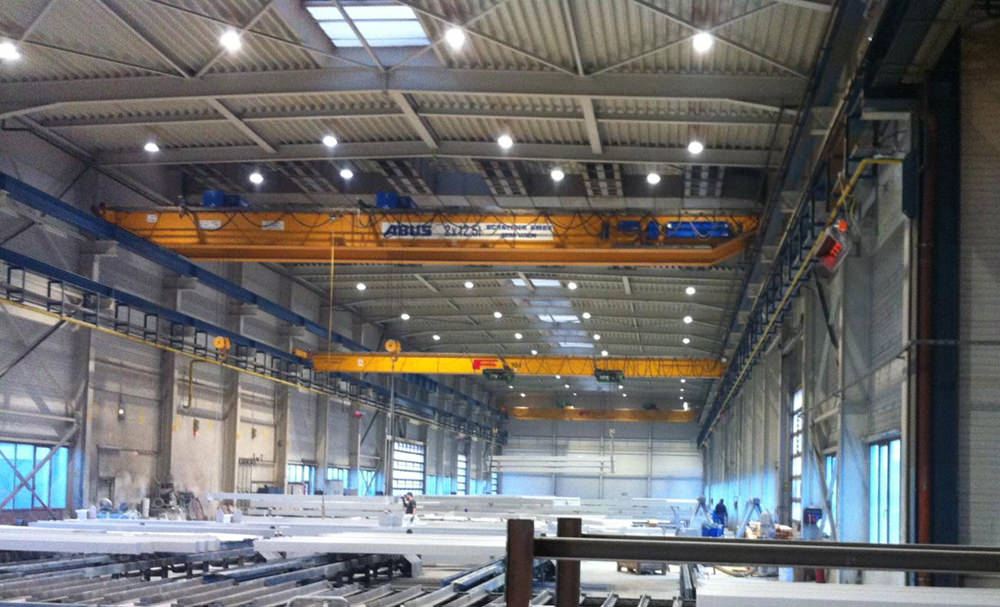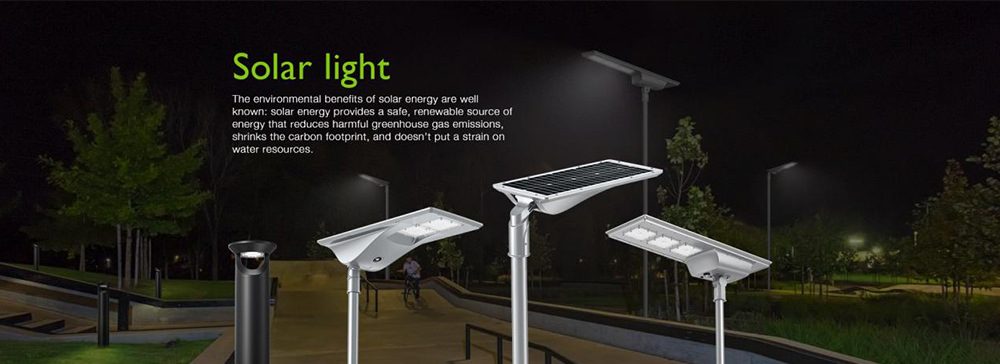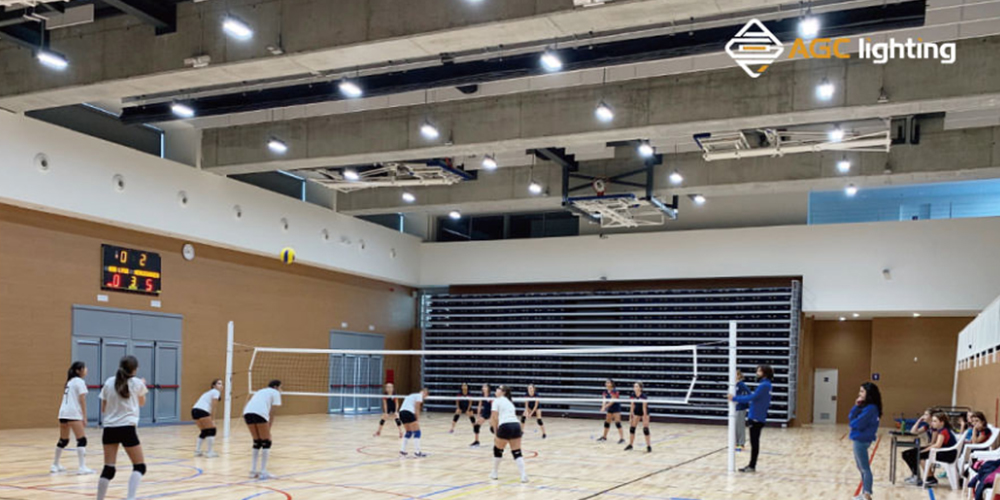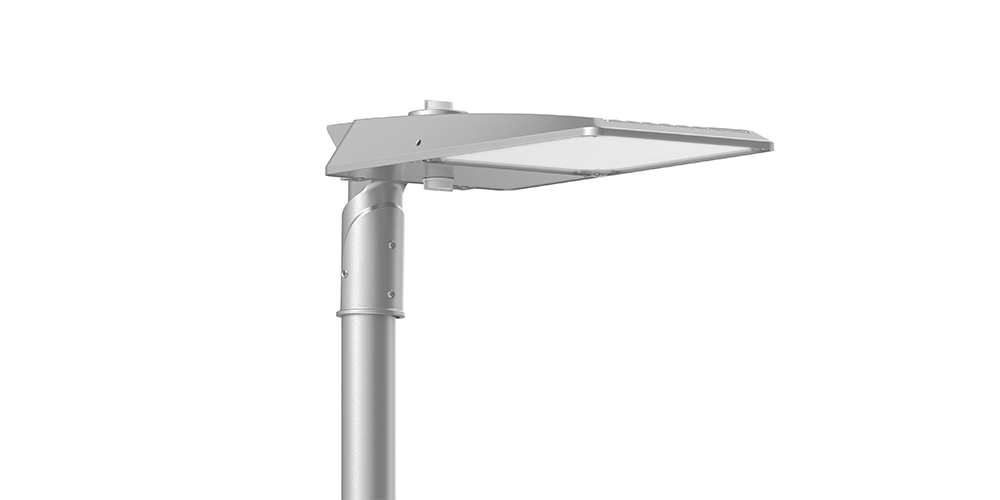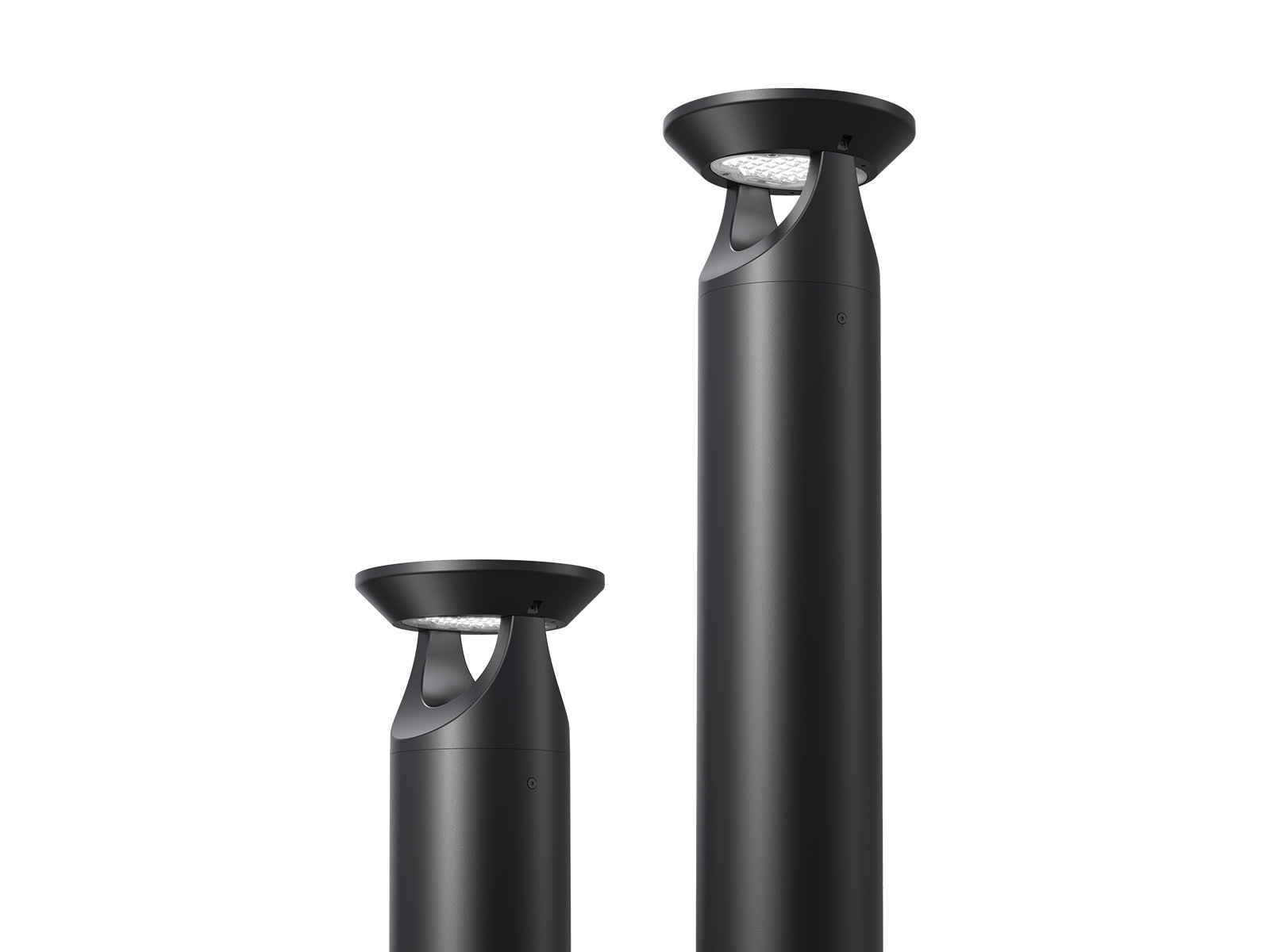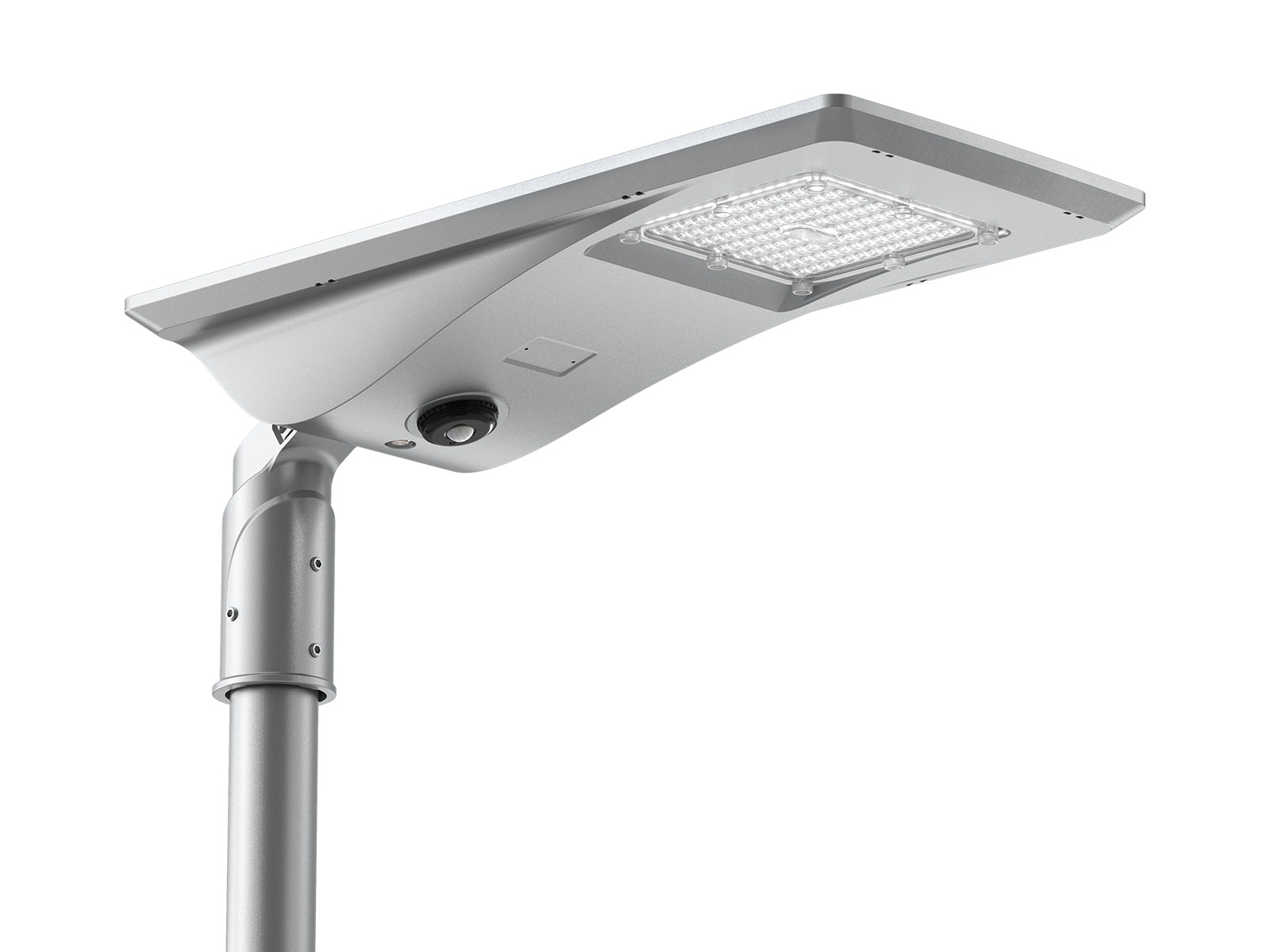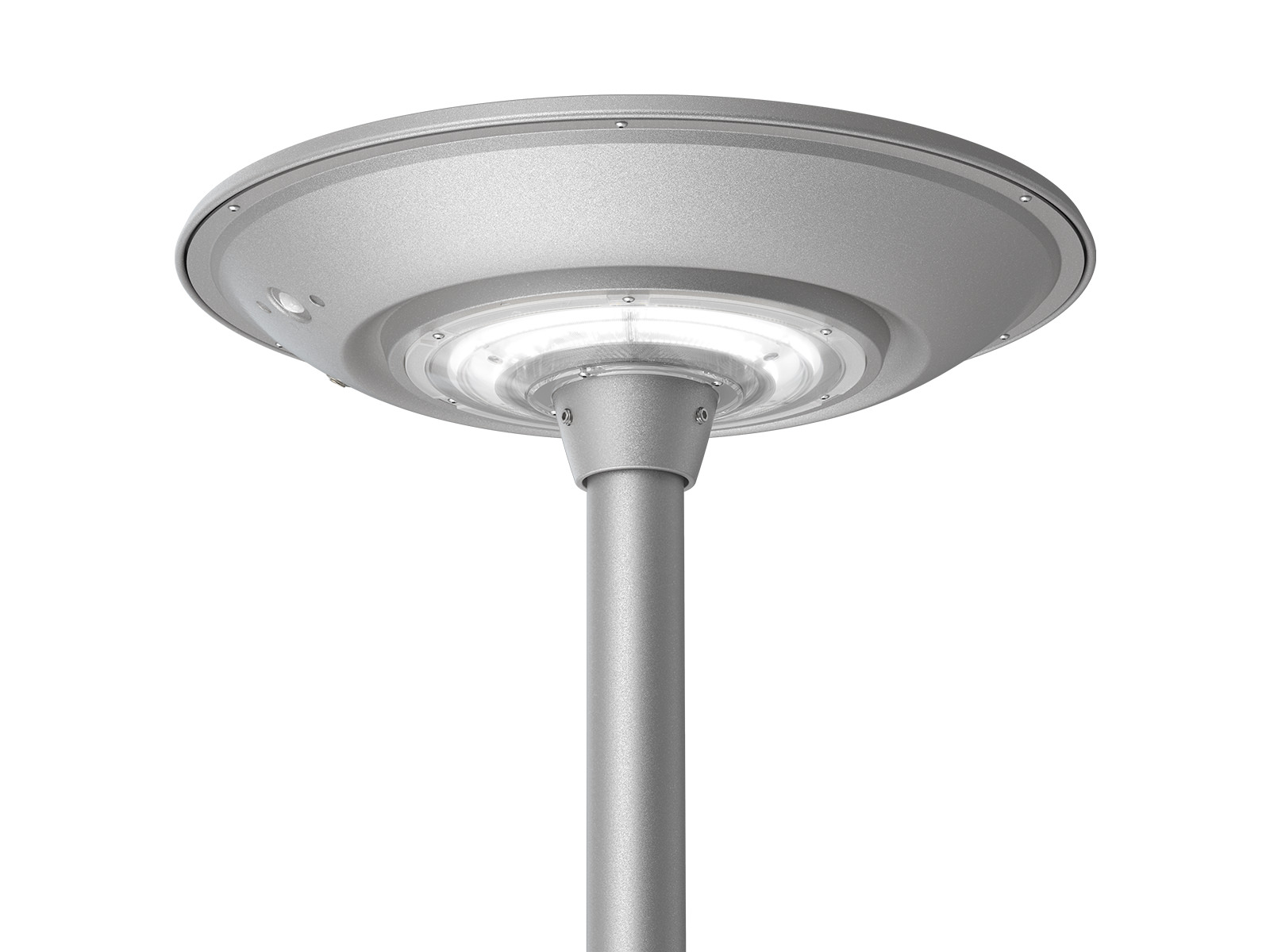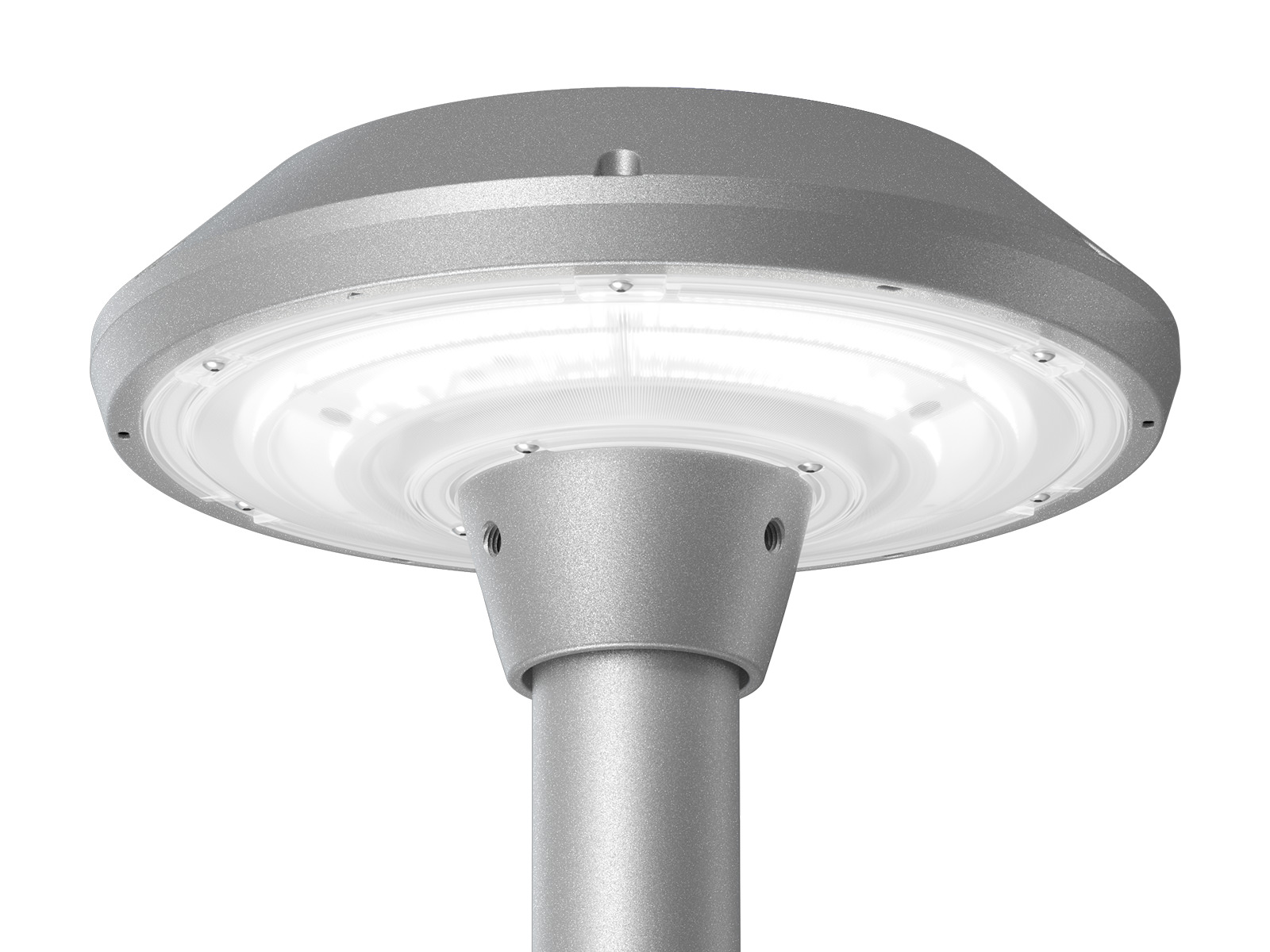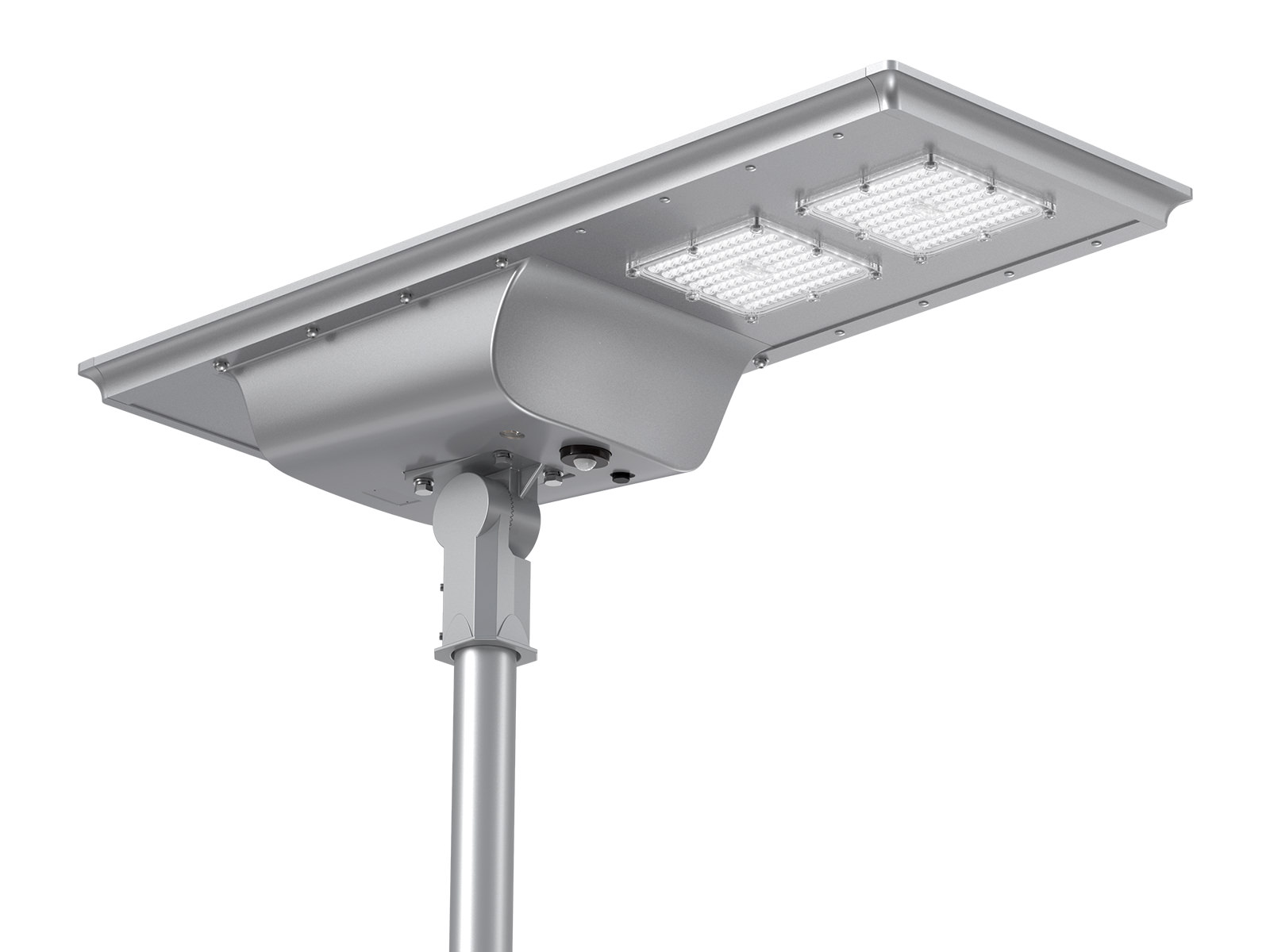Solar lights have become a popular and sustainable lighting solution, especially in areas where traditional grid power is limited.

To power these lights, choosing the right energy storage solution is crucial. Two popular options are Lithium Iron Phosphate (LiFePO4) batteries and Lithium Ternary (LiCoMnNi, also known as NMC) batteries. In this article, we'll explore the unique characteristics and advantages of each, helping you make an informed decision for your specific solar lighting project.
Lithium Iron Phosphate (LiFePO4) Battery Solution
LiFePO4 batteries are a mature and widely adopted energy storage technology for solar lights. They offer several advantages:
High Safety
LiFePO4 batteries exhibit excellent thermal stability and resistance to overcharging and over-discharging, making them a safe and reliable energy storage solution.
Long Lifespan
Compared to other lithium battery types, LiFePO4 batteries offer an extended cycle life. This extended durability ensures they can meet the long-term operational requirements of solar lights.
Versatility
LiFePO4 batteries perform well within various temperature ranges and exhibit strong tolerance to high-temperature environments, making them adaptable to various outdoor conditions.
Operating Temperature: 0℃ to +50℃
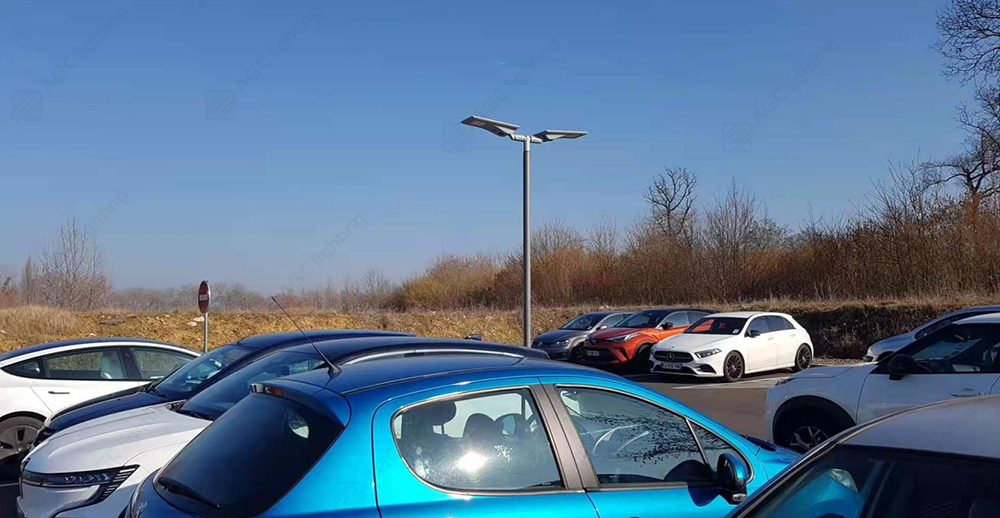
Lithium Ternary (NMC) Battery Solution
High Energy Density
NMC batteries are known for their remarkable energy storage density. This high energy density allows them to provide extended illumination periods.
Rapid Charging and Discharging
These batteries excel in fast charging and discharging, accommodating the fluctuations in solar energy supply, and ensuring consistent operation.
Lightweight Design
Compared with LiFePO4 batteries, NMC batteries are more lightweight, reducing the overall system weight. This can be advantageous for installation and transportation.
Operating Temperature: -10℃ to +45℃

Choosing the Right Solution
The decision between LiFePO4 and NMC batteries should be based on your specific project requirements. Factors to consider include:
- Safety: If safety is a top priority, LiFePO4 batteries may be the better choice due to their exceptional thermal stability and resistance to overcharging.
- Lifespan: For projects with long-term usage needs, LiFePO4 batteries with their extended cycle life are a reliable option.
- Energy Requirements: If your solar lights need to provide extended illumination, the high energy density of NMC batteries can be beneficial.
If you have any related projects and require assistance, please feel free to reach out us. Let's light up the future together!



